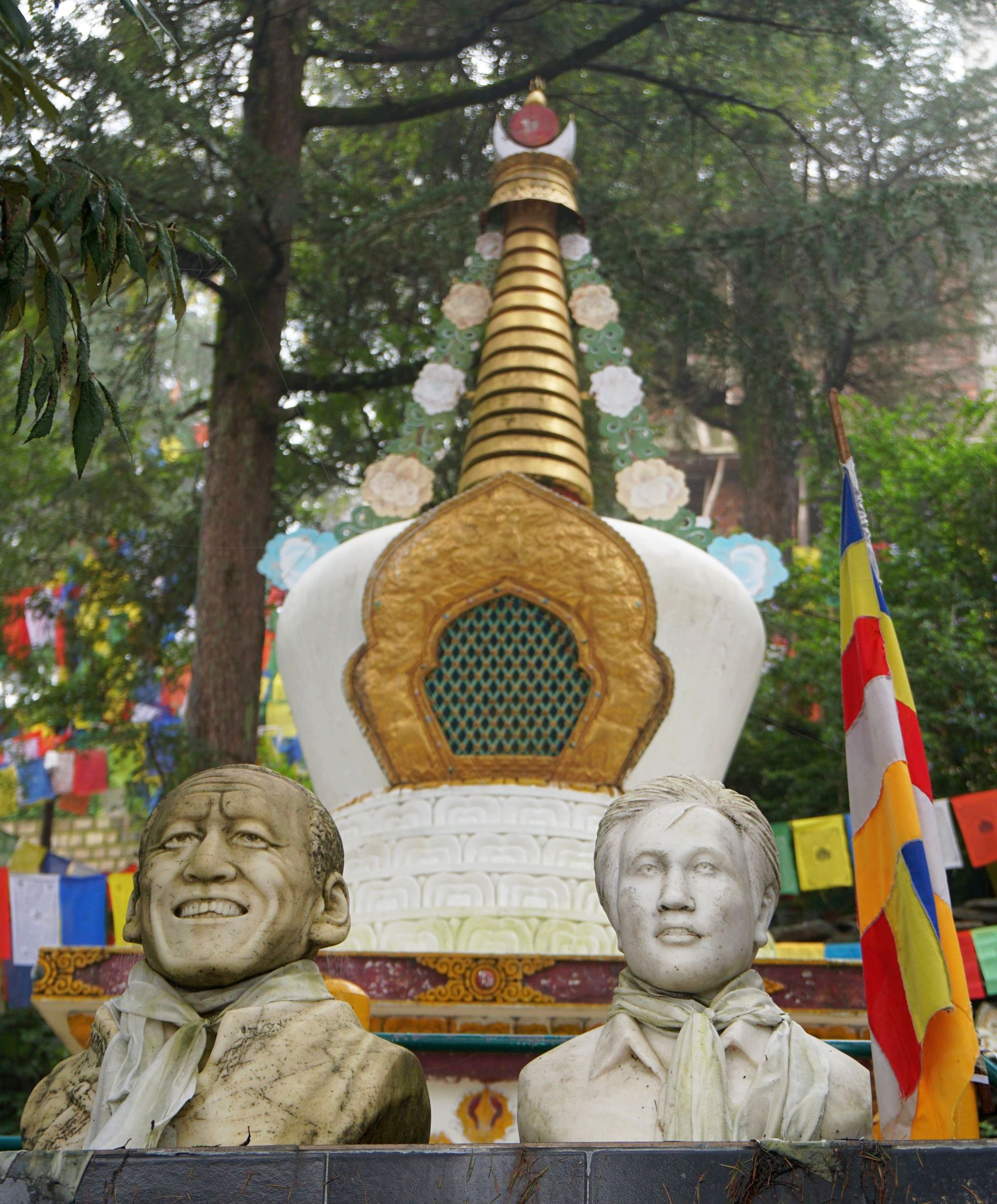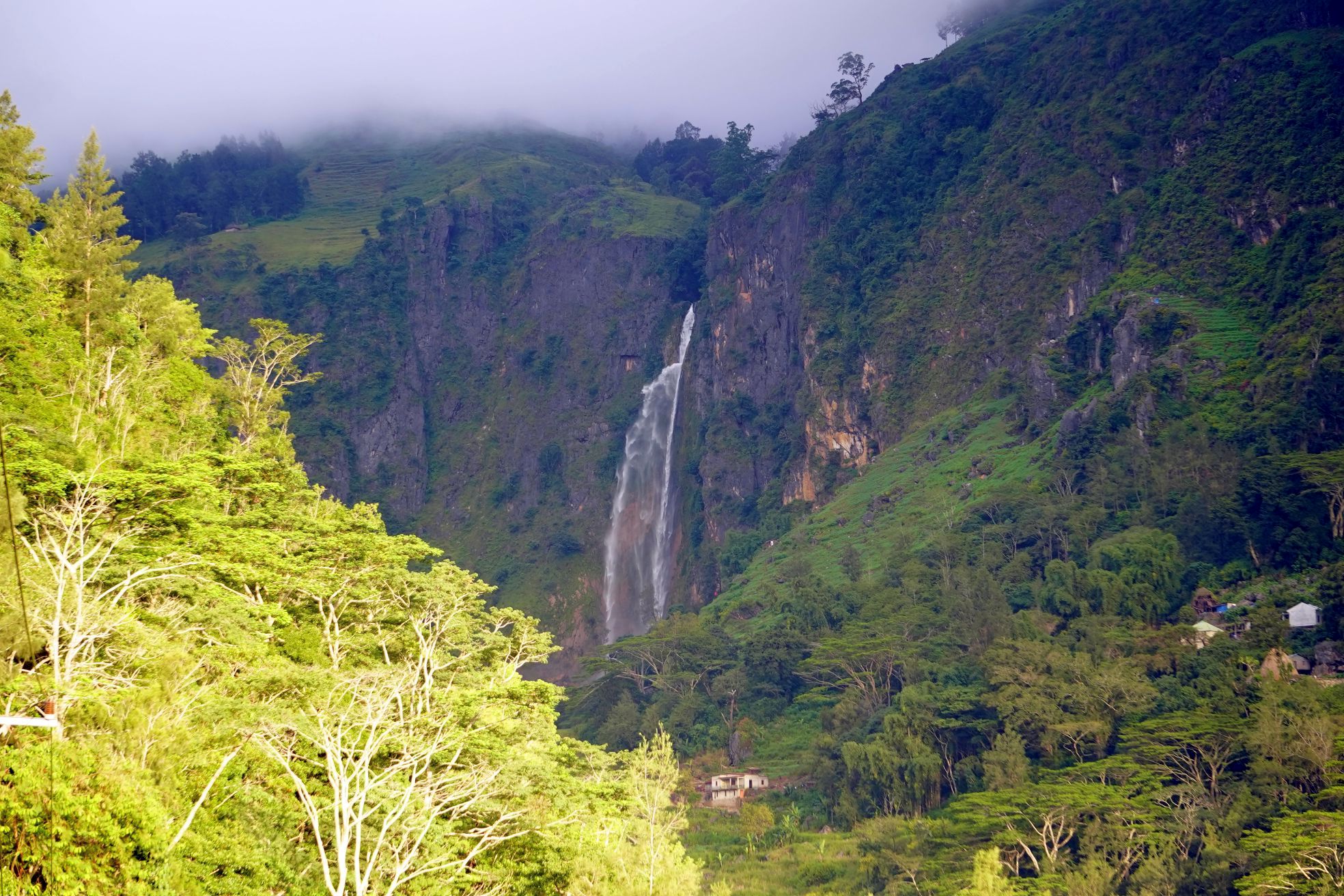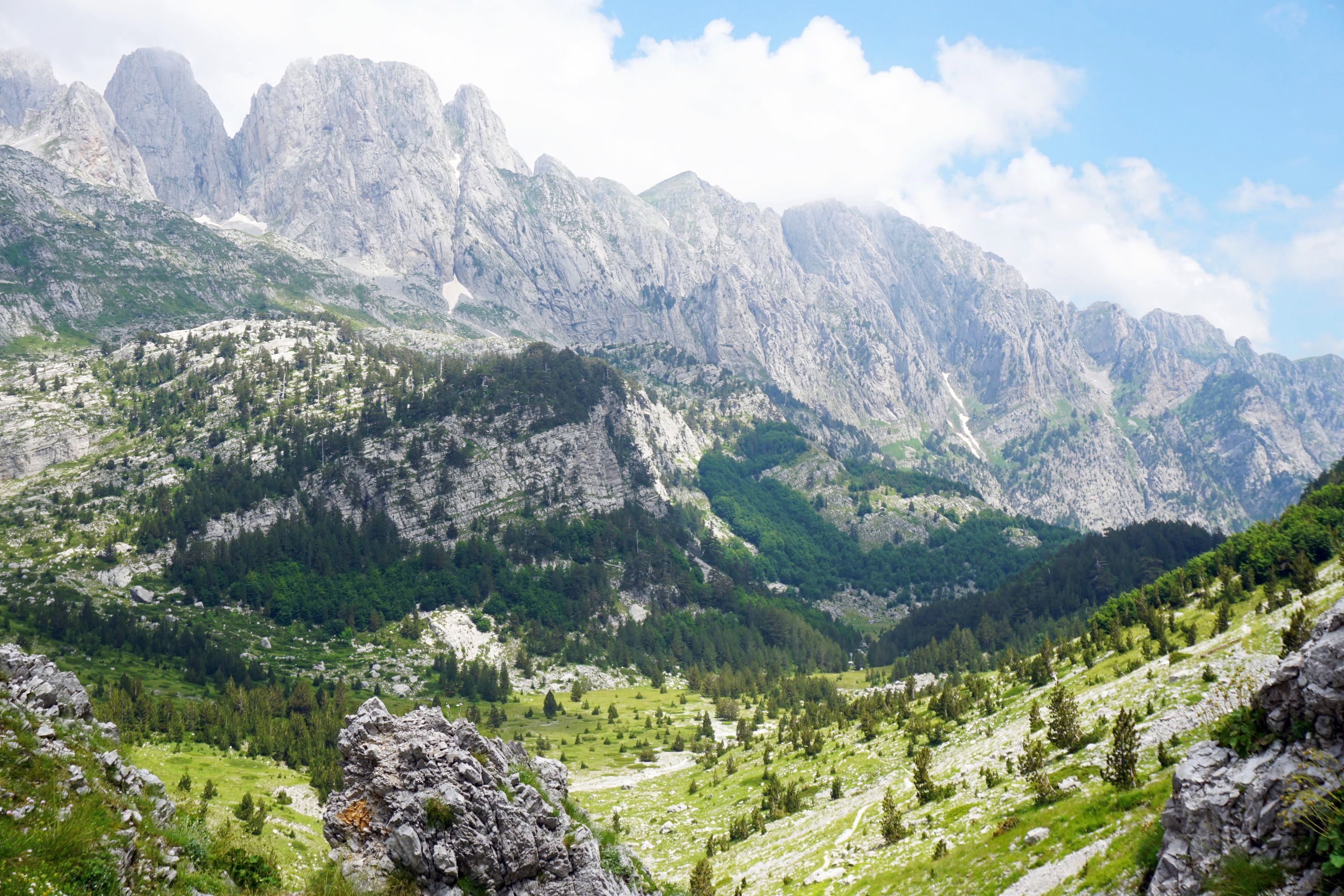McLeod Ganj is the home of the Dalai Lama and the Tibetan government in exile. After escaping from the Chinese in 1959 the Indian government offered sanctuary and land in McLeod Ganj, a suburb of Dharamsala, from 1960. Though like Tibet it is at altitude, around 2,100m above sea level, the climate is quite different to what exiles have left behind, moving from the dry of Tibet to the third wettest place in Asia (second wettest in India).
The central area is bustling with markets. Thankfully a one way system is in place, but you’ll still be deafened by car horns and nearly be hit by them given how narrow the streets are, and the seemingly frequent near gridlock.

The Tibetan government in exile are housed in a collection of relatively smart buildings, extensively renovated in 2014 with a consistent design, replacing the previous ad hoc structures.

Their parliament chamber has a familiar look and feel, and houses 45 members, elected on five year terms by the ~150,000 Tibetans in exile, representing them and the ~6m still in Tibet. There are 30 representatives for the three main provinces of Tibet, 10 for religious bodies, and 5 for Tibetans living in the US, Europe and Australasia. Parliament meets twice a year. There are no political parties, with non-cabinet members effectively forming the opposition. The cabinet and eleven committee leads are full time roles, the rest are part time. Since 2011 the Dalai Lama has had no political role, but remains the state figurehead.

Next door is a colourful temple.

The main temple of His Holiness the Dalai Lama is Tsuglagkhang, across town in a less flash building from the outside, though it was atmospherically shrouded in mist.

Inside are two temples, which were less impressive than expected but had some attractive shrines.





The nearby Lhagyal Ri was more what I was expecting, with many prayer wheels and flags, and several stupa.






Next to the main temple is the well presented Tibet Museum, filled with photos and commentary on the country and exile. At 11am and 3pm they show films in a small cinema. I saw Tibet’s Cry for Freedom, an effective 50 minute documentary on the Chinese occupation, treatment of political prisoners, the environment degradation occurring in Tibet, and disagreements between Tibetans on the best way to resolve the situation. A key learning for me was that Tibet is two thirds the size of India, some 2,000km wide, and what we think of now as Tibet is half the size of what Tibet was, with the other half renamed into two Chinese provinces. An unfortunately distraction was a dog wandering in and out, sitting where it wanted…


Outside the museum is a memorial to those who have committed self-immolation, something the Dalai Lama discourages, but sadly a horrific act that many Tibetans have felt compelled to commit, some as young as 18. Behind it is a wall map of Tibet covered in protestors.


A little way out of town is a reminder of what McLeod Ganj was before the Tibetans arrived. It was a British hill station, home to significant army bases, that the Viceroy Elgin (son of Elgin Marbles fame / infamy) liked so much he wanted it as the summer capital of India, but work had already started on developing Shimla for that purpose.
Viceroy Elgin was only in India for a couple of years but he feel in love with it and is buried at St. John in the Wilderness. An Anglican Church built in 1852, it is the oldest church in northern India. It was badly damaged by a big earthquake in 1905 that killed ~20,000 people and lead to the British basically abandoning the town. The church was repaired in 1915, but with a more durable if less attractive tin roof replacing the original slate roof. The surrounding cemetery was the first I’ve ever visited that had cows.







A few kilometres from McLeod Ganj is Naddi village, with a population of around 2,000 people, that we reached through an atmospheric walk through the forest, past many prayer flags and a shrine, before reaching the colourful village.








Getting to McLeod Ganj from Shimla was a full day of driving along some very winding roads, but had some mountain views, and every other vehicle was a colourful truck. Many were carrying cement from the numerous local cement factories down to Delhi, a twelve hour drive.









Leave a Reply